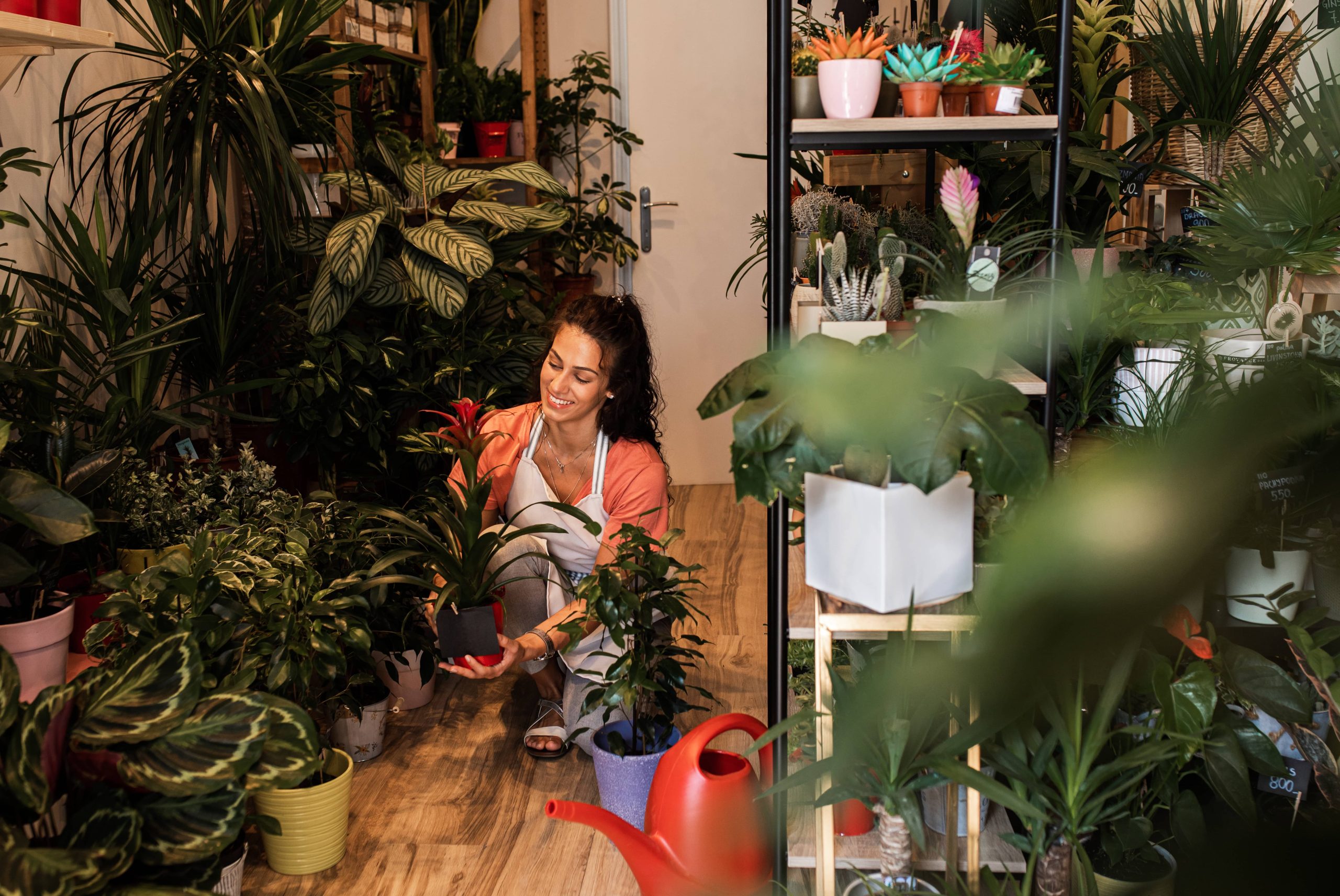
As the chilly days of winter give way to the vibrant warmth of summer, both plant enthusiasts and their leafy companions alike begin to experience a sense of renewal. The long, sunlit days of summer provide an excellent opportunity for houseplants to thrive outdoors. However, transitioning your indoor plants outside requires careful planning and consideration to ensure they flourish in their new environment. Let’s explore how to smoothly and successfully move your houseplants outdoors for the summer months.
Understanding Your Plant’s Needs
The first step in transitioning your houseplants outdoors is understanding their specific needs. Different species of plants have different requirements when it comes to light, temperature, and humidity. Research each plant’s ideal conditions to ensure you provide the best environment outdoors.
Tropical plants, for example, will adapt well to humid, warm conditions but may require more shade. Succulents, on the other hand, might prefer a sunnier spot. Knowing your plant’s preferences will help you choose the perfect outdoor spot to maximize growth.
Gradual Acclimation
Plants are sensitive to environmental changes, and a sudden move from indoors to outdoors can cause stress. To prevent this, gradual acclimation is key. Begin by placing your plants in a shaded, sheltered area for a few hours a day and gradually increase their exposure over the course of a couple of weeks.
Start with an hour or two in the shade, then slowly extend the duration each day. Be vigilant for signs of stress, like sunburn (brown, scorched-looking leaves) or wilting, and adjust their outdoor time accordingly.
Choosing the Right Location
When selecting a location for your houseplants outdoors, consider their light and temperature needs. Most indoor plants do not tolerate direct, midday sun well, as it can scorch their leaves. An area that receives morning sun or dappled shade is often ideal for those plants transitioning from indoor life to the outdoors.
Additionally, be mindful of temperature fluctuations. While the days may be warm, nights can still be chilly, especially in late spring or early summer. Ensure your plants are not exposed to temperatures they cannot tolerate. Bringing them back inside during particularly cold nights might be necessary until temperatures stabilize.
Potting and Soil Considerations
Before transitioning your plants outside, check their pots and soil. As plants grow, they may outgrow their containers, necessitating repotting. This transition period is an excellent time to provide them with fresh, nutrient-rich soil. Choose a high-quality potting mix appropriate for your specific plant type.
Make sure all pots have adequate drainage to prevent waterlogging, especially if your area receives frequent rain. Elevating pots slightly on stands or using pot feet can help improve drainage and air circulation.
Watering Needs
Outdoor conditions fluctuate more than indoor environments, which can affect how often your plants need watering. Wind, direct sun, and high temperatures can cause soil to dry out faster. Check soil moisture level frequently by inserting your finger into the soil up to your knuckle. If it feels dry at this depth, it’s time to water.
Be cautious not to overwater, as outdoor conditions might delay moisture evaporation, leading to root rot. The key aim is consistent, even moisture without oversaturation.
Fertilization
Summer is a growing season for many plants, and they will benefit from a light feeding. Use a balanced, water-soluble fertilizer every 4-6 weeks, but be sure not to over-fertilize, as this can harm plant roots and lead to fertilizer burn.
Adjust the type and frequency of fertilizer based on the plant’s needs and the nutrient content of your potting mix. Organic options, like compost tea or fish emulsion, can also be beneficial.
Pest and Disease Management
Plants outdoors are more susceptible to pests than indoor plants. Regularly inspect your plants for signs of pests such as aphids, spider mites, or whiteflies. A good practice is to hose down plants with a gentle spray to physically remove pests. If pests persist, consider an appropriate organic insecticide or neem oil.
Additionally, watch for any signs of disease. Good air circulation and correct watering help prevent conditions like mold and mildew.
Bringing Them Back In
At the end of summer, when temperatures start to plummet, it’s time to consider bringing your plants back indoors. As with the move outside, transitioning back inside should be gradual. Check for any pests that might hitch a ride indoors, and trim dead or yellowing leaves to promote healthy growth.
Reintroduce them to indoor lighting conditions slowly over several weeks. This careful re-acclimatization can go a long way in preventing shock and promoting robust health throughout the winter months.
Conclusion
Transitioning houseplants outdoors for the summer months involves a series of mindful steps that cater to each plant’s unique needs. With patience and attention, your plants will not only survive but thrive, benefiting from the natural growth-enhancing conditions of the great outdoors. Whether you’re nurturing a collection of verdant ferns or vibrant succulents, a summer spent outside can invigorate your plants, bringing even more life and beauty to your indoor garden come fall. Enjoy the seasonal journey and delight in the growth and vibrancy of your garden oasis.













